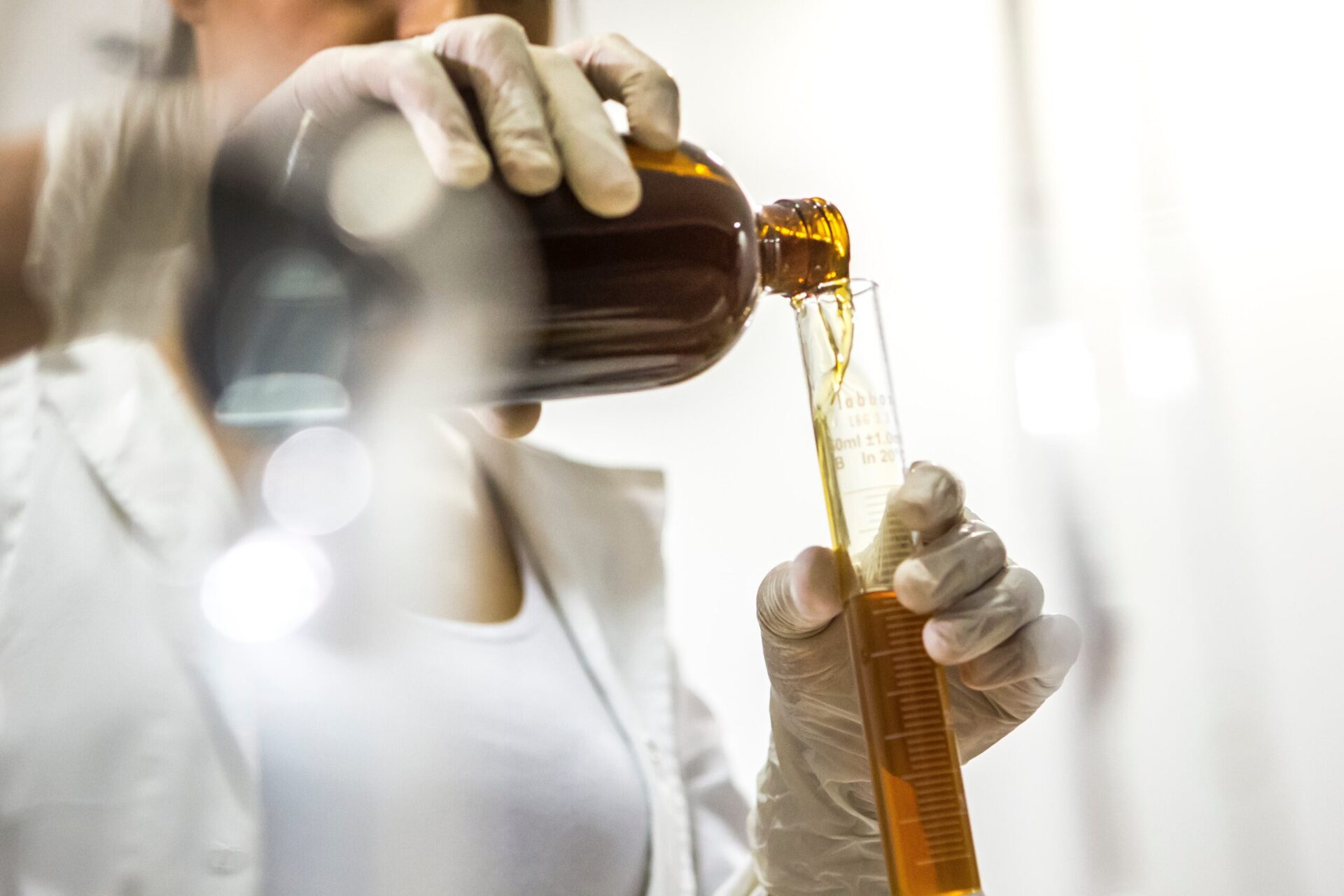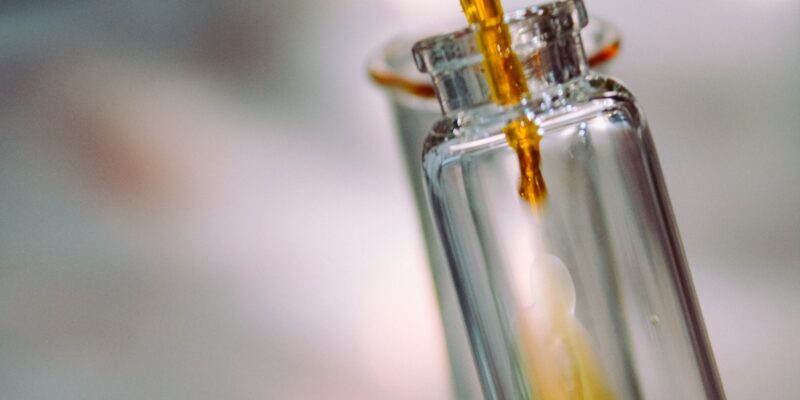
In this two-part series of our newsletter we are looking at friction and wear reducing agents that are added to lubricants. In the previous issue of OilChat we discussed anti-wear (AW) additives and how they work. In this edition we are delving into the basics and operation of extreme-pressure (EP) additives.
Extreme-Pressure Additives are designed for higher load applications such as gears and sliding surfaces where AW compounds are not adequate. EP agents are tougher and chemically more aggressive than anti-wear additives. Extreme-pressure additives typically contain organic sulphur, phosphorus or chlorine compounds with sulphur-phosphorus (SP) additives being the most commonly used for automotive and industrial gear oils and grease.
Sulphur-phosphorus additives function in a different manner than anti-wear compounds. They form an actual chemical reaction with the metal surface to create a resilient protective layer that reduces wear between two mating metal surfaces. SP additives require temperatures in excess of 90˚C to activate the chemical reaction and the reaction is restricted to localized areas where metal-to-metal contact occurs.
The friction between sliding surfaces generates sufficient heat (hot spots) to activate the additive. The chemical reaction between the additive and the metal surface is confined to this area. If hydrodynamic lubrication (explained in OilChat 22) is maintained, the SP additive will not be activated. EP additives are often supplemented with anti-wear additives to make the lubricant effective across a wide range of pressure and temperature conditions. Depending upon the amount used sulphur-phosphorus extreme-pressure additives may not be compatible with oils containing zinc based anti-wear additives. It is therefore not recommended to mix AW and EP lubricants yourself.
When the loading and sliding conditions become too severe, extreme-pressure additives will also be scuffed away until the protective layer is depleted. Removal of the EP layer may also remove the metal to which it is chemically bonded, resulting in micropitting of the metal surface. One normally would not find high concentrations of sulphur-phosphorus based EP additives in manual transmission oils due to their aggressive nature toward the yellow metals that are commonly used in the manufacture of transmission synchronizers. Automotive transmission fluids are therefore formulated to balance wear protection with corrosiveness.
There are various other extreme-pressure additives, such as sulphurized fatty acids, chlorinated hydro-carbons, sulfates, nitrites and phenols. Not all of these compounds are temperature-activated and can provide wear protection at all temperatures. Unfortunately some of them persist in the environment and have a strong tendency for bio-accumulation. Bar fatty acids, their role is largely restricted to cutting fluid formulations. There are currently several international initiatives to replace them with more environmentally friendly alternatives.
Regardless of their chemical composition, both anti-wear and extreme-pressure additives operate primarily in boundary- and and mixed-lubrication phases where most of the lubricant is forced out of the contact zone. The metal-to-metal interface triggers the tribochemical reaction of the AW and EP additives on the metal surfaces to control friction and wear. Should you have any further questions about wear reducing agents simply mail us at info@bcl.co.za and we will respond by return message.

